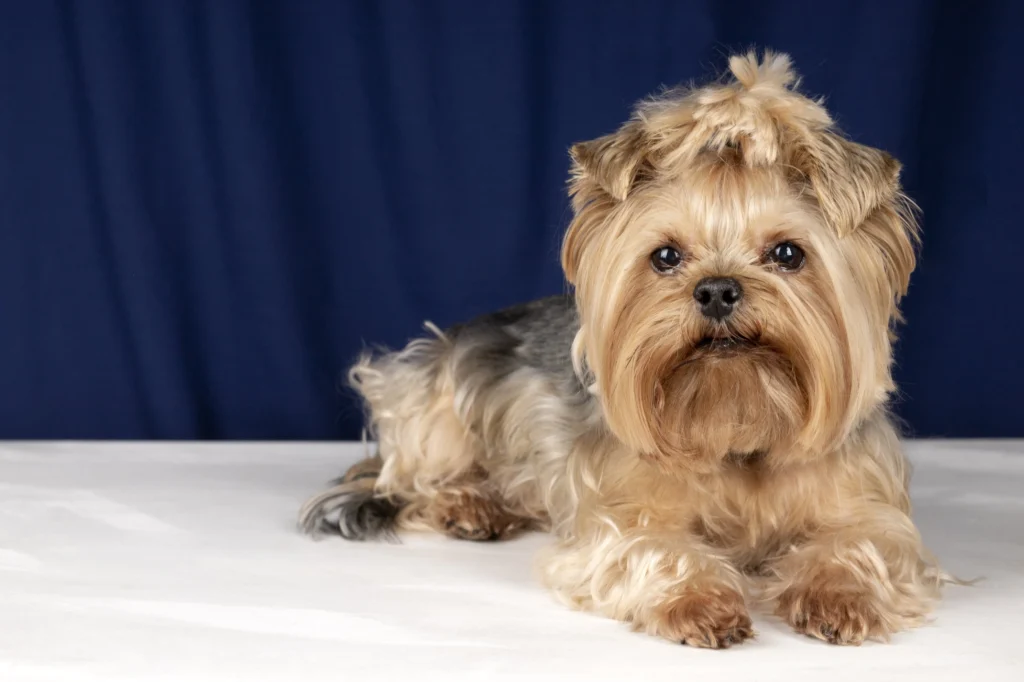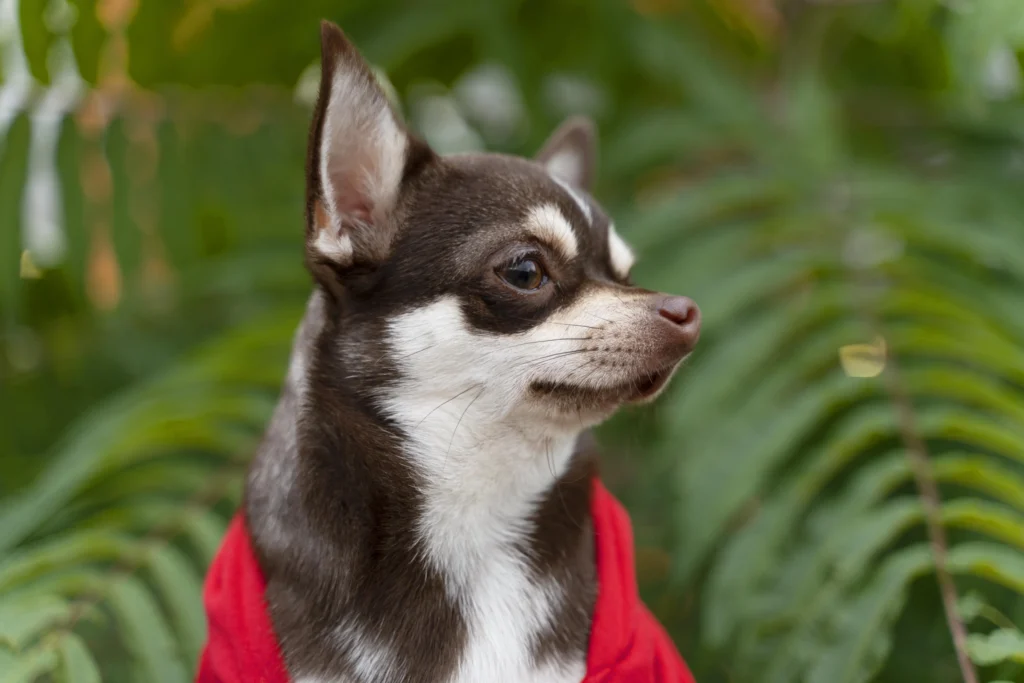This guide ranks the costliest purebred dogs in 2025 by purchase price and lifetime ownership cost. Prices reflect reputable-breeder fees in USD. Lifetime cost covers food, grooming, training, routine care, insurance, and orthopedic risk across each breed’s average lifespan.
Method uses AKC groups, parent breed clubs, and recommended OFA/CAER health screens to explain price drivers. Factors include rarity, litter size, assisted reproduction, double-coat grooming hours, brachycephalic care, and size-based vet expenses. Pet-insurance data informs patterns for premiums, claims, and high-ticket surgeries.
Each breed section answers a question with a bold first sentence, then gives a short, factual breakdown: price range, origin and group, size and lifespan, key traits, health screens, annual care notes, and owner fit. Sentences stay short. Numbers appear throughout. Use this to match a breed’s price, care load, and risk profile to your budget and home—so your choice balances love and long-term costs across the costliest dog breeds.
How were prices expressed?
Prices use typical U.S. reputable-breeder ranges in 2025 and round to whole dollars. Location, pedigree, titles, coat color policy, and health testing change the final price. Rare lines and show prospects trend higher.
What factors increase purchase price?
Rarity, small litters, strict health testing, assisted reproduction, and show demand increase purchase price. Preservation breeding and long waitlists also raise price. Transport and import add costs.
What factors increase lifetime cost?
Large size, intensive grooming, brachycephalic care, orthopedic risk, and higher insurance premiums increase lifetime cost. Giant breeds eat more and need larger doses. Double-coat breeds require frequent grooming.
Which breeds rank among the costliest in 2025?
Twelve breeds consistently appear near the top by purchase price, with several also ranking high in lifetime costs. Use each section to match price, traits, care, and fit.
Afghan Hound

Afghan Hound costs $7,000 to purchase; grooming time and tools add significant annual spend. They are tall sighthounds with a long, silky coat; elegant and independent.
- Origin / group: Afghanistan; Hound Group.
- Why expensive: Intensive coat care; show-focused breeder network.
- Size / life: 50–60 lb; 10–14 years.
- Health screens noted by clubs: eyes, thyroid; bloat risk awareness.
- Owner fit: Regular pro grooming; secure sprint space.
Pharaoh Hound

Pharaoh Hound costs $7,500; show prospects reach higher brackets. They are lean Maltese sighthound; agile and alert.
- Origin / group: Malta; Hound Group.
- Why expensive: Scarcity; limited litters.
- Size / life: 45–55 lb; 11–14 years.
- Health focus: Stress-linked digestive sensitivity monitoring.
- Owner fit: High fencing; daily runs and enrichment.
Dogo Argentino

Dogo Argentino costs $8,000; temperament evaluation and health testing add expense. They are powerful hunting and protection dog; bonded and driven.
- Origin / group: Argentina; Working/Guardian type.
- Why expensive: Specialist breeders; working evaluations.
- Size / life: 80–100 lb; 12–14 years.
- Health focus: hips; congenital deafness checks.
- Owner fit: Experienced handler; structured training; legal compliance by jurisdiction.
Canadian Eskimo (Canadian Inuit) Dog
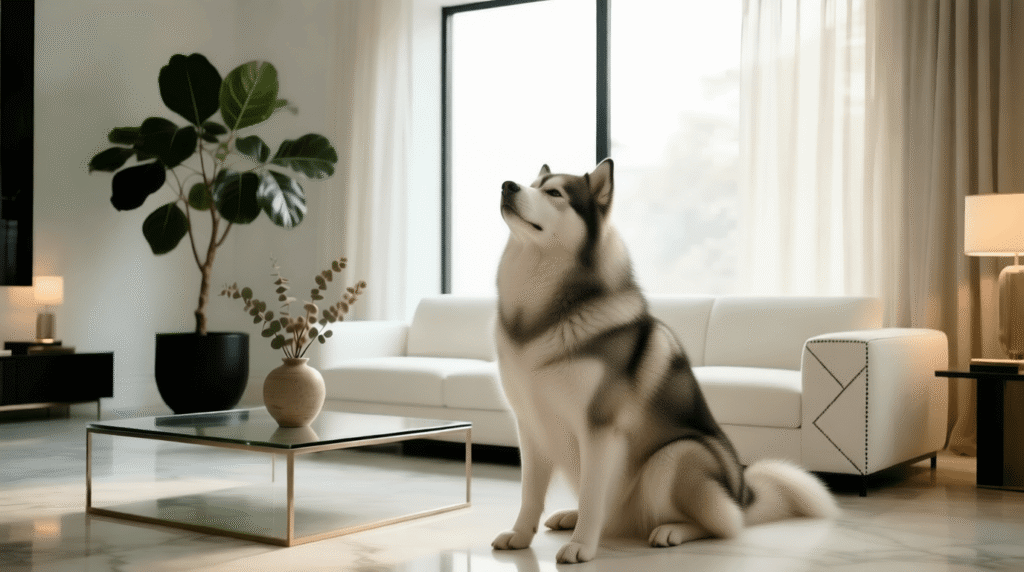
Canadian Eskimo Dog costs $8,750 due to extreme rarity and preservation programs.They are ancient Arctic sled dog; powerful and enduring.
- Origin / group: Arctic Canada; Working type.
- Why expensive: Very small global population; conservation oversight.
- Size / life: 60–95 lb; 10–15 years.
- Health focus: heat intolerance; torsion awareness.
- Owner fit: Cold climate; working outlets; confident leadership.
Rottweiler
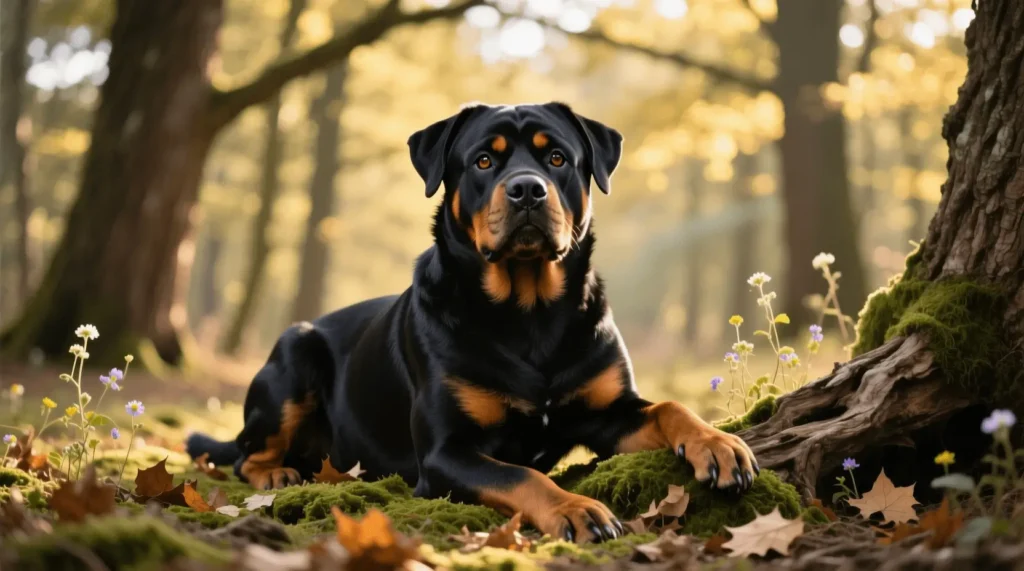
Rottweiler costs $9,000 to purchase; orthopedic care and insurance push lifetime costs high.They are confident guardians; trainable and devoted.
- Origin / group: Germany; Working Group.
- Why expensive overall: Large-breed food, joints, potential surgical costs.
- Size / life: 80–120 lb; 8–10 years.
- Health focus: hips, elbows, cruciate ligaments; cardiac screening.
- Owner fit: Structured training; room to exercise.
Azawakh
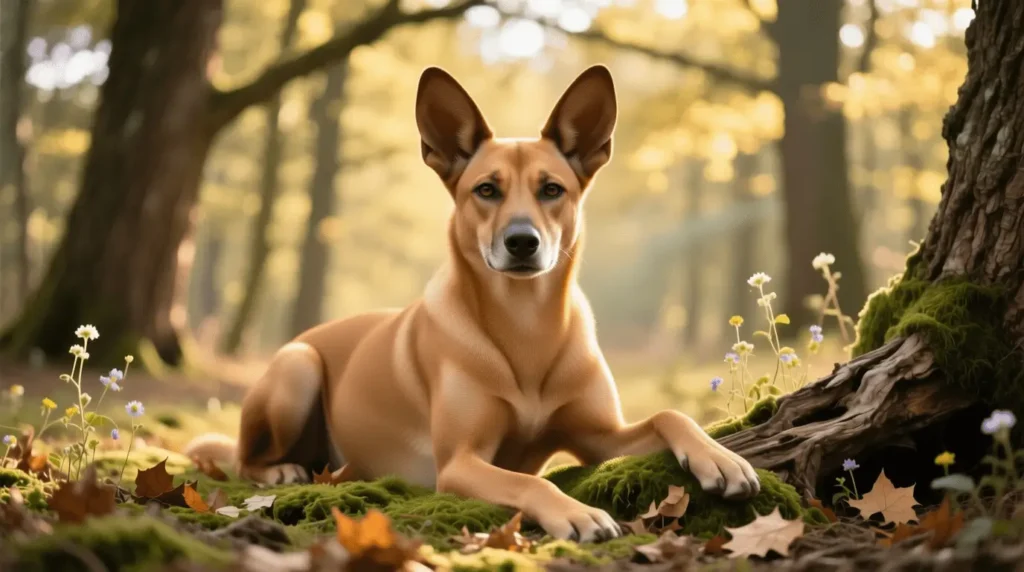
Azawakh costs $9,500; scarcity and preservation goals sustain price.
Ultra-lean Sahel sighthound; reserved and fast.
- Origin / group: West Africa; Hound Group.
- Why expensive: Few breeders; limited litters.
- Size / life: 33–55 lb; 12–15 years.
- Health focus: general soundness; cold sensitivity.
- Owner fit: Warmth, gentle socialization, daily runs.
Tibetan Mastiff
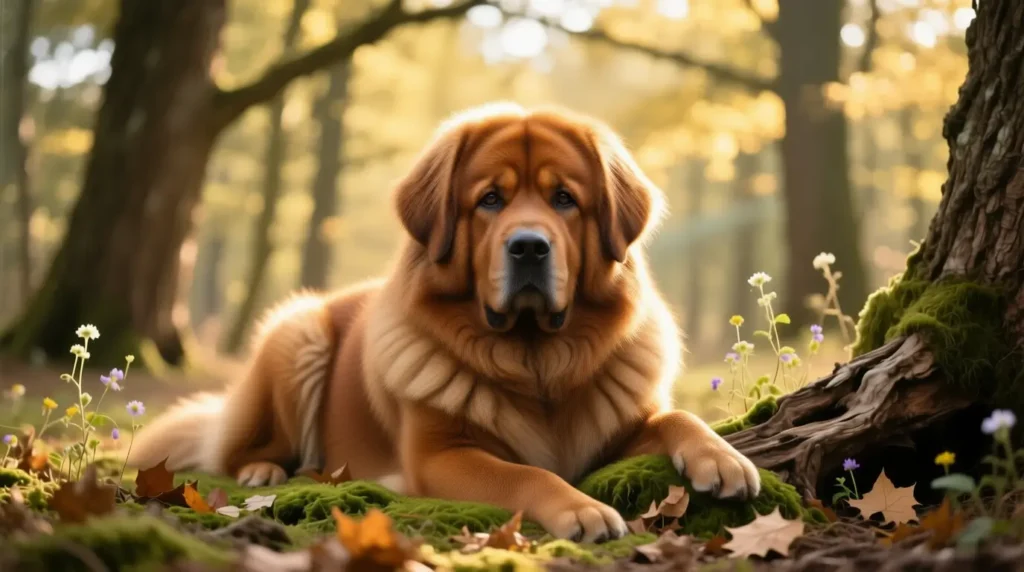
Tibetan Mastiff costs $10,000; elite lines price higher.They are massive, aloof guardian; night-alert behavior.
- Origin / group: Himalayas; Working/Guardian type.
- Why expensive: Slow breeding cycles; narrow reputable network; show demand.
- Size / life: 90–150+ lb; 10–12 years.
- Health focus: hips, eyes, thyroid; coat blow-out management.
- Owner fit: Large property; secure fencing; experienced ownership.
Chow Chow
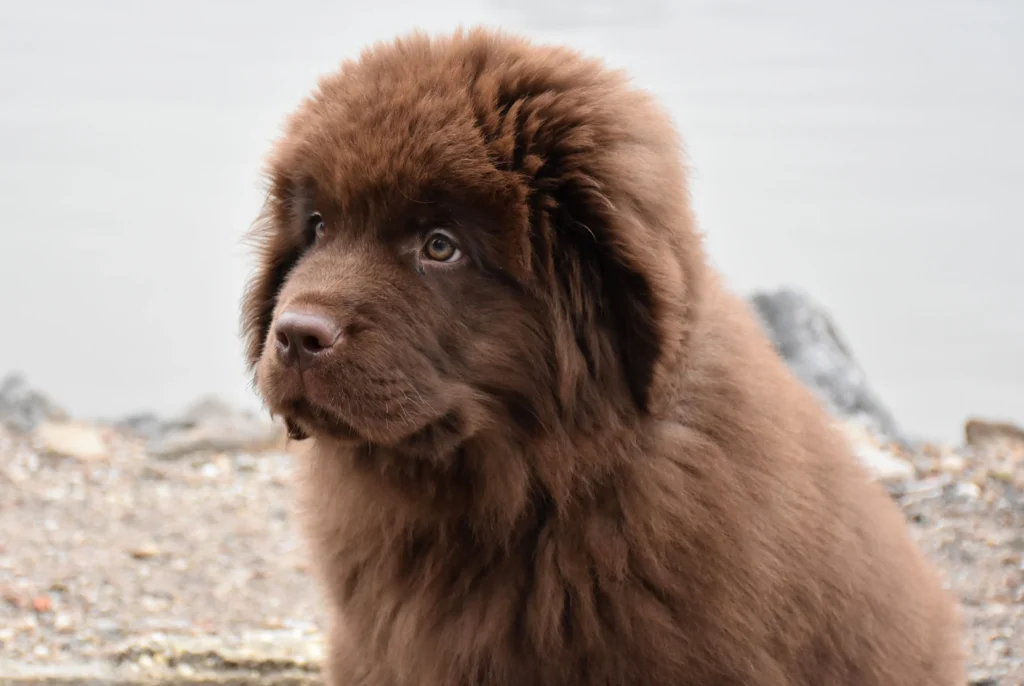
Chow Chow costs $11,000; grooming and dermatology add to annual spend.They are dignified spitz with lion-like ruff; independent.
- Origin / group: China; Non-Sporting Group.
- Why expensive: Dense coat care; selective programs.
- Size / life: 45–70 lb; 8–12 years.
- Health focus: entropion; hips/elbows; thyroid.
- Owner fit: Frequent grooming; early socialization.
Löwchen

Löwchen costs $12,000; scarcity keeps waitlists long.They are cheerful toy companions with a traditional lion clip.
- Origin / group: Europe; Non-Sporting/Toy context.
- Why expensive: Very small global population; few litters annually.
- Size / life: 10–18 lb; 13–15 years.
- Health focus: routine eye/orthopedic checks.
- Owner fit: Regular trims; daily family interaction.
Samoyed

Samoyed costs $14,000; grooming and climate management elevate lifetime costs.Friendly Arctic spitz; plush white double coat.
- Origin / group: Siberia; Working Group.
- Why expensive: Heavy grooming; strong demand; health-tested lines.
- Size / life: 35–65 lb; 12–14 years.
- Health focus: hips; eyes; coat care to prevent matting.
- Owner fit: Daily brushing; cool rest areas; ample exercise.
French Bulldog

French Bulldog costs $2,500–$4,000+; reproductive care and demand maintain prices. Compact companion with “bat ears”; sociable.
- Origin / group: France/UK; Non-Sporting Group.
- Why expensive: Assisted breeding; small litters; global demand.
- Size / life: 16–28 lb; 10–12 years.
- Health focus: brachycephalic airway; skin; eyes.
- Owner fit: Climate control; early insurance; skin regimen.
English Bulldog
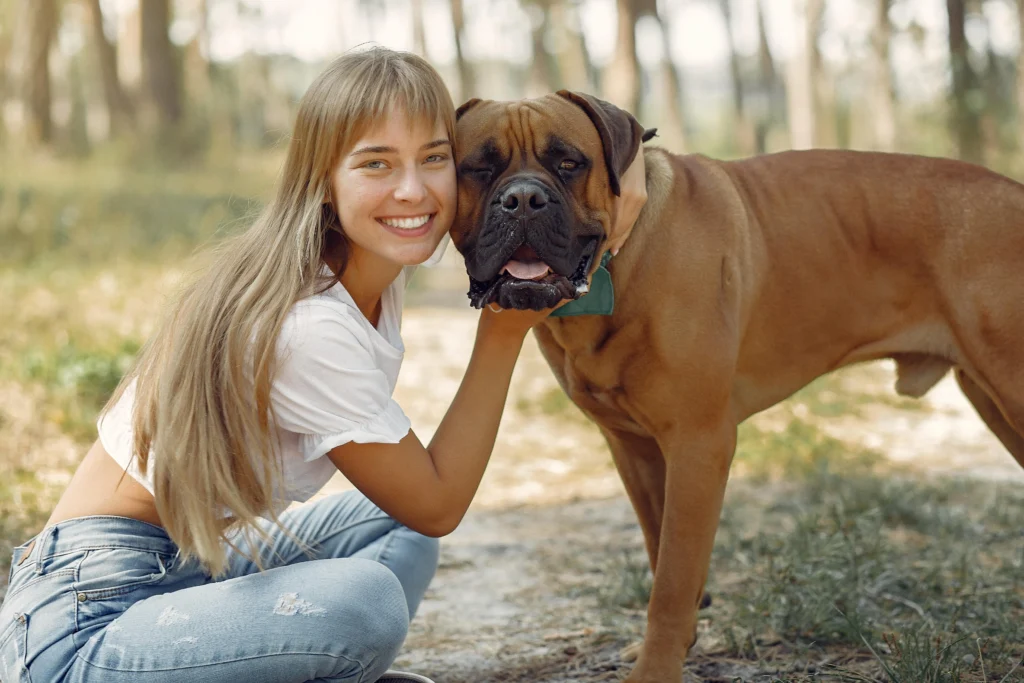
English Bulldog costs $2,000–$3,000 (many exceed $4,000); lifetime care trends high. Calm, affectionate companion; heavy-set build.
- Origin / group: England; Non-Sporting Group.
- Why expensive: C-section likelihood; neonatal care; health testing.
- Size / life: 40–55 lb; 8–10 years.
- Health focus: airway; skin folds; joints; heat sensitivity.
- Owner fit: Budget for vet care and insurance; careful weight control.
Portuguese Water Dog
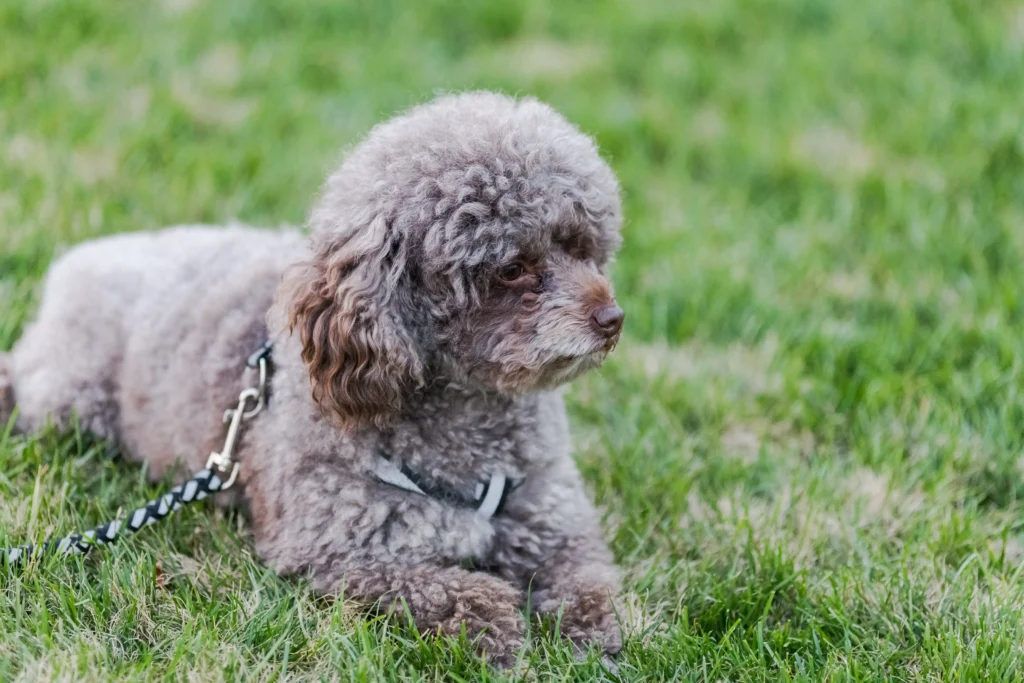
Portuguese Water Dog costs $2,000–$3,000; trims and activity needs add to annual spend.They are athletic, curly-coated retriever for water work.
- Origin / group: Portugal; Working Group.
- Why expensive: Health testing; performance lines.
- Size / life: 35–60 lb; 11–13 years.
- Health focus: hips; eyes; juvenile dilated cardiomyopathy screening per clubs.
- Owner fit: Active homes; regular grooming schedule.
Irish Wolfhound

Irish Wolfhound costs $1,200–$2,500 to purchase; food and orthopedic care dominate lifetime cost. One of the tallest breeds; gentle and stately.
- Origin / group: Ireland; Hound Group.
- Why expensive overall: Giant-breed feeding, beds, transport, and orthopedic risk.
- Size / life: 115–180 lb; 6–10 years.
- Health focus: cardiac screening; bloat risk; joints.
- Owner fit: Large space; soft bedding; careful activity planning.
What recurring costs change the “most expensive” ranking?
Insurance premiums, orthopedic surgery probability, and grooming hours often exceed the purchase price over time. Giant, double-coat, and brachycephalic breeds trend toward higher annual spend.
How to buy responsibly (checklist)
Verify health tests, meet the breeder, review the contract, and plan a lifetime budget before sending a deposit.
- Ask for OFA/CAER results per the breed club.
- Tour in person or by live video.
- Confirm return clause and spay/neuter terms.
- Set funds for emergencies, grooming, training, and insurance.
Key takeaway
Costliest breeds demand high entry prices and sustained care budgets; match the breed’s size, coat, and health profile to your space, climate, and finances. Responsible selection reduces avoidable costs and supports breed welfare.

